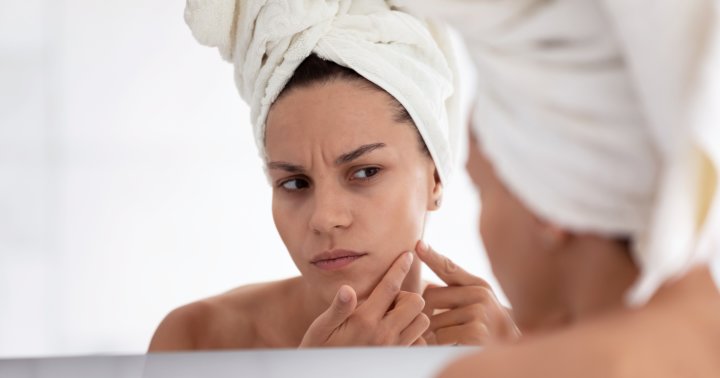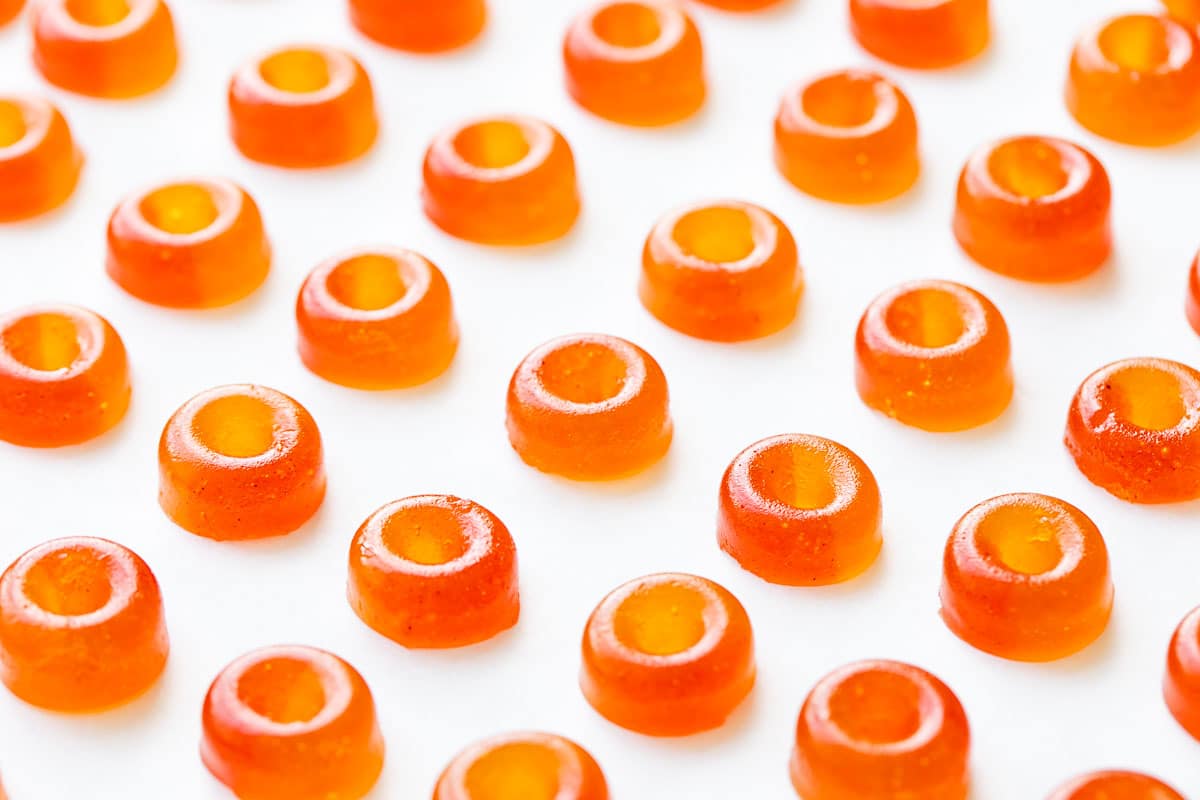Stop Dark Spots In Their Tracks With These 5 Tried-And-Tested Tips
We're not anti-sun here.


Beauty & Health Editor
Beauty & Health Editor
Hannah Frye is the Beauty & Health Editor at mindbodygreen. She has a B.S. in journalism and a minor in women’s, gender, and queer studies from California Polytechnic State University, San Luis Obispo. Hannah has written across lifestyle sections including beauty, women’s health, mental health, sustainability, social media trends, and more. She previously worked for Almost 30, a top-rated health and wellness podcast. In her current role, Hannah reports on the latest beauty trends and innovations, women’s health research, brain health news, and plenty more.
Image by Stocksy | ohlamour-studio October 05, 2024 We carefully vet all products and services featured on mindbodygreen using our Our selections are never influenced by the commissions earned from our links. I recently returned from a weeklong trip to sunny California. On my return flight, I brought back a bottle of California Pinot Noir, a handmade ceramic mug, and in less exciting news, plenty of dark spots. With my fair skin and love for the sun, this didn't surprise me—I've been freckle-prone my entire life. But thanks to my years of skin care knowledge, I managed to fade many of the discolored spots, revive my skin's elasticity, and replenish moisture, all within a week of returning to New York City. Up next, I'll share my go-to sun care routine (including pre- and post-sun exposure) and explain why it works.
Pre-sun
First, a few things you should consider before spending a long day in the sun—be it swimming, hiking, or picnicking, etc.:
1. Skip the retinol & chemical exfoliants
If you regularly exfoliate your skin or use retinol (both excellent for fine lines and skin texture), it's best to hold off before a sunny day.
These products can sensitize your skin, making it more prone to irritation and burns. While some people can use them in the days leading up to sun exposure without issue, it's safer to build up your skin barrier for a few days.
Instead of using these actives, rely on hydrating serums with ingredients like peptides, ceramides, and hyaluronic acid. Layer on a nourishing face cream (our favorite nourishing options here). This way, your skin's defenses will be well established before facing the sun.
2. Apply (reapply, and reapply again) SPF
It goes without saying: You should apply and reapply sunscreen throughout the day during long sun exposure. Dermatologists recommend reapplying every two hours if you're in direct sunlight, sweating, or swimming.
At the end of a long day in the sun, be sure to double-cleanse (using oil or micellar water before your water-based cleanser) to break down the stubborn SPF, especially if you're acne-prone.
Post-sun:
Once you've spent your time outside (hopefully with a hat of some kind), it's time to kick into repair mode. Below, three steps to consider:
1. Hydrate, hydrate, hydrate
After sun exposure, your skin will naturally try to repair itself (what a magical organ!). Your job is to create a path of least resistance for optimal healing, starting with hydration. Use the barrier-supporting skin care routine you followed pre-sun for a day or two afterward as well.
2. Exfoliate (a few days later)
After a few days of skin TLC, you'll want to exfoliate. Dead skin buildup can occur, so removing it will reveal a fresh complexion and help prevent clogged pores.
You can choose a chemical exfoliant like a gentle mandelic acid serum or a more powerful multi-acid mask. Alternatively, you may opt for a physical exfoliant with soft granules, but it's best to avoid harsh salt scrubs on the face.
If you already have an exfoliating product you love, it's likely safe to use it a day or two post-sun exposure. However, if you have a sunburn, even a slight one, wait until the redness and sensitivity have fully subsided before exfoliating. When in doubt, patch test on your cheek.
3. Boost your collagen bank
Aside from your topical skin care routine, it's crucial to support your collagen levels from the inside out, which means considering collagen supplements. To avoid ineffective products on the market, here are some nonnegotiables:
The takeaway
The unfortunate truth is that UV rays, as great as they feel, can damage your skin and accelerate visible skin aging.
To combat this, it's essential to keep a well-rounded sun care routine including SPF, topical hydration, collagen supplementation, and so on. For more sun care tips, check out this guide.

 KickT
KickT 































